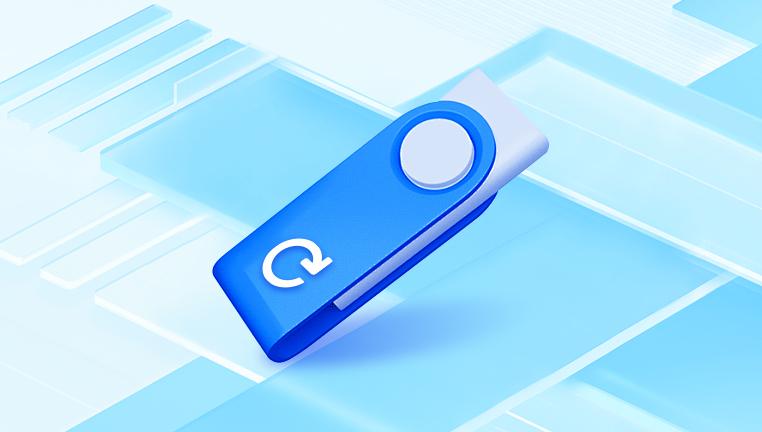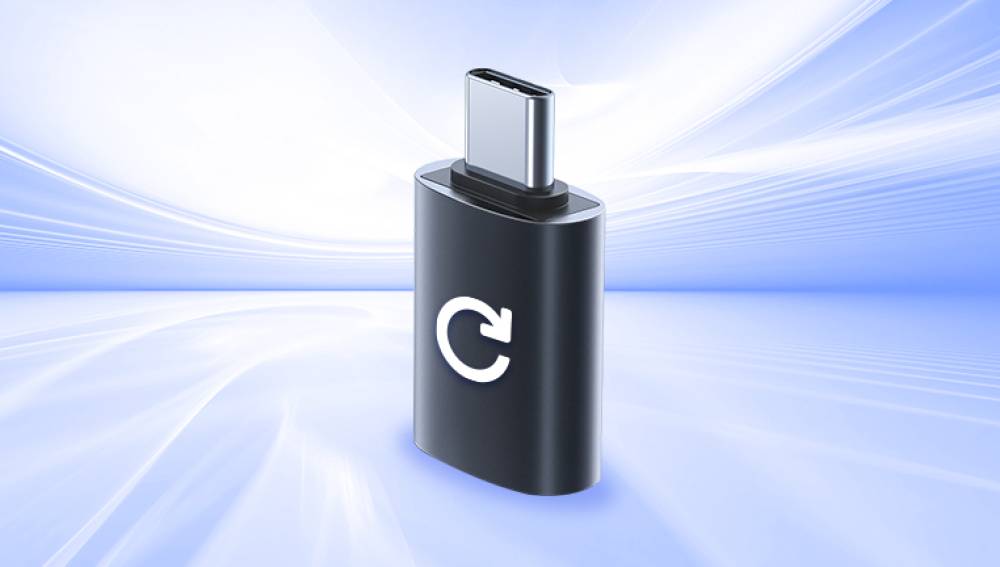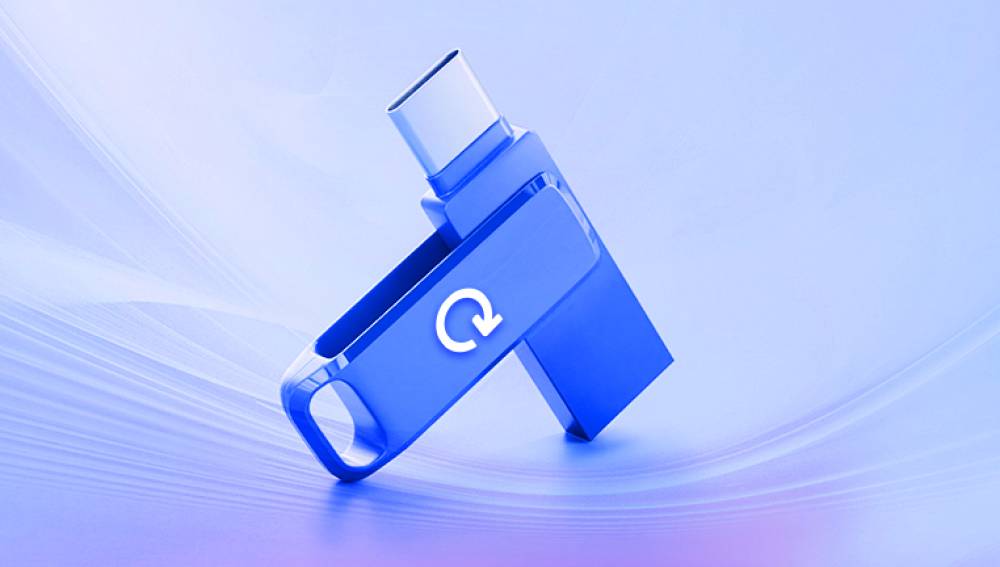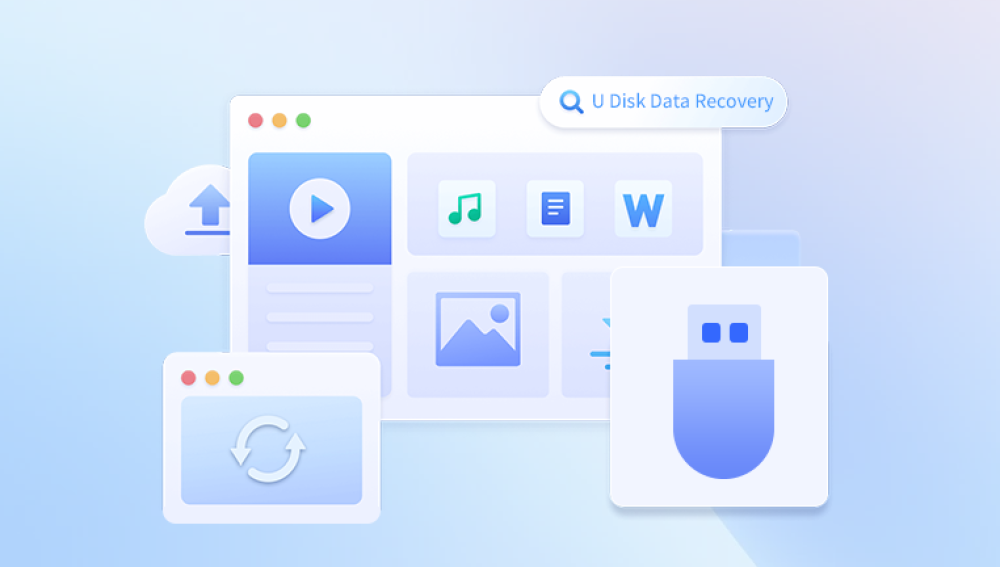TestDisk is a free, open-source data recovery software developed by CGSecurity. Designed primarily for recovering lost partitions and making non-booting disks bootable again, it also features a robust undelete function capable of recovering deleted files from various file systems. Compatible with a wide range of operating systems and file formats, TestDisk is a go-to solution for users who require a reliable and secure method of file recovery.
Unlike many other recovery tools that offer a graphical user interface (GUI), TestDisk operates through a text-based command-line interface. While this may seem daunting at first, its straightforward and logical flow makes it accessible to users with varying levels of technical experience. Furthermore, TestDisk’s ability to work across platforms and its support for numerous file systems make it one of the most versatile tools in the realm of data recovery.、

Supported File Systems
Before delving into the recovery process, it is essential to understand the range of file systems TestDisk can interact with. TestDisk supports the following file systems:
FAT12/16/32
exFAT
NTFS
ext2/ext3/ext4
HFS and HFS+
ReiserFS
JFS
XFS
This extensive support ensures that users working on different operating systems, including Windows, Linux, and macOS, can recover their files using TestDisk.
Preparing for File Recovery
To maximize the chances of successful file recovery, users must take certain preparatory steps:
Stop Using the Affected Drive: As soon as you realize that files have been deleted, stop writing data to the drive. Continuing to use the drive may overwrite the deleted data, making it unrecoverable.
Download TestDisk: Obtain the latest version of TestDisk from the official website. Choose the appropriate version for your operating system and extract the contents to a dedicated folder.
Use an External Drive for Recovery: If possible, use an external drive as the destination for recovered files to avoid overwriting data on the affected drive.
Launching TestDisk
To begin the recovery process:
Open a terminal (Linux/macOS) or Command Prompt (Windows).
Navigate to the directory where TestDisk is located.
Execute the TestDisk binary with administrative privileges.
For example, in Windows:
cd path\to\testdisk
.\testdisk_win.exe
In Linux or macOS:
cd /path/to/testdisk
sudo ./testdisk
Creating a Log File
Upon starting, TestDisk will prompt you to create a log file. You can choose from the following options:
Create: Generate a new log file to document the recovery process.
Append: Add new information to an existing log file.
No Log: Proceed without creating a log file.
Choosing to create a log is often helpful for troubleshooting and review.
Selecting the Disk
TestDisk will list all connected storage devices. Use the arrow keys to select the disk that contains the deleted files, then press Enter. Ensure you select the correct disk to avoid potential errors during the recovery process.
Selecting the Partition Table Type
TestDisk will automatically detect the partition table type. You can typically accept the default selection:
Intel: For standard PCs.
EFI GPT: For newer systems using the GUID Partition Table.
Mac: For Apple systems.
None: For media without a partition table.
Press Enter to proceed.
Choosing Advanced File System Utilities
In the main menu, select "Advanced" to access filesystem utilities, which includes the undelete function. This option allows you to work on partitions and recover deleted files without modifying the disk structure.
Selecting the Partition
Once you enter the "Advanced" menu, TestDisk will display the partitions found on the disk. Use the arrow keys to choose the partition from which you want to recover deleted files. Then press Enter.
Using the Undelete Function
After selecting the partition, you will see several options. Choose "Undelete" to initiate a scan for deleted files. TestDisk will search the partition and display a list of recoverable files.
Deleted files are typically shown in red.
Use arrow keys to navigate.
Press ":" to select individual files.
Press "a" to select all files.
Press "C" (uppercase) to copy selected files.
Copying Files to a Safe Location
TestDisk will prompt you to choose a destination for the recovered files. Use the file browser to navigate to a safe location, preferably on another drive. Press "C" again to confirm.
The program will begin copying files to the designated folder. Depending on the number and size of the files, this process may take several minutes to complete.
Verifying Recovered Files
After the recovery process, navigate to the destination directory and verify the integrity of the recovered files. Open a few to ensure they are not corrupted or incomplete.
Troubleshooting and Tips
Here are some tips to improve your success rate:
File Fragmentation: If files are fragmented, recovery may be incomplete.
Disk Health: If the drive has bad sectors, consider using a disk cloning tool before running TestDisk.
Read-Only Mode: Ensure TestDisk is not making unintended changes by verifying that you are operating in read-only mode.
Recovery Limitations: Not all files can be recovered, especially if they have been overwritten.
Recovering Files from External Drives and USB Devices
TestDisk can be used to recover files from USB drives, SD cards, and external hard drives. The procedure is identical to recovering files from internal drives. Just ensure the removable media is connected before launching TestDisk.
Recovering Partitions
If the partition itself is missing or corrupted, TestDisk can scan for and rebuild lost partitions. This is especially useful when entire volumes appear to be missing.
Select the affected disk.
Choose "Analyse" from the menu.
TestDisk will scan and list existing and deleted partitions.
Mark the appropriate partition as "Primary" or "Logical."
Write the partition structure and reboot the system.
Creating a Disk Image for Safe Recovery
To avoid further damage to a failing drive, create a disk image:
Use dd or similar tools to clone the drive.
Mount the image using loopback devices.
Run TestDisk on the image rather than the original disk.
Benefits of Using TestDisk
Free and Open Source: No cost or license restrictions.
Wide File System Support: Works on most commonly used file systems.
Powerful Partition Recovery: Can rebuild partition tables.
Cross-Platform Compatibility: Runs on Windows, Linux, and macOS.
Minimal Resource Usage: Lightweight and efficient.
Limitations
Command-Line Interface: May intimidate less experienced users.
No Preview for Certain Files: You cannot preview the contents of some file types.
Incomplete Recovery for Fragmented Files: Fragmented files may not be fully recovered.
Best Practices
Backup Regularly: The best defense against data loss is a good backup strategy.
Use TestDisk Immediately: The sooner you act, the higher the chance of successful recovery.
Do Not Reuse the Affected Disk: Always recover files to a different storage medium.
Keep TestDisk Updated: Download the latest version for improved compatibility and features.




